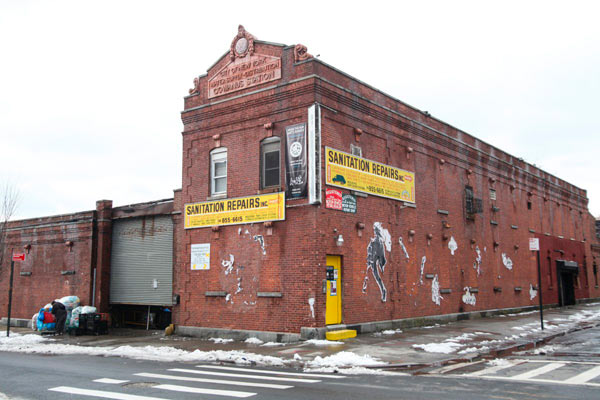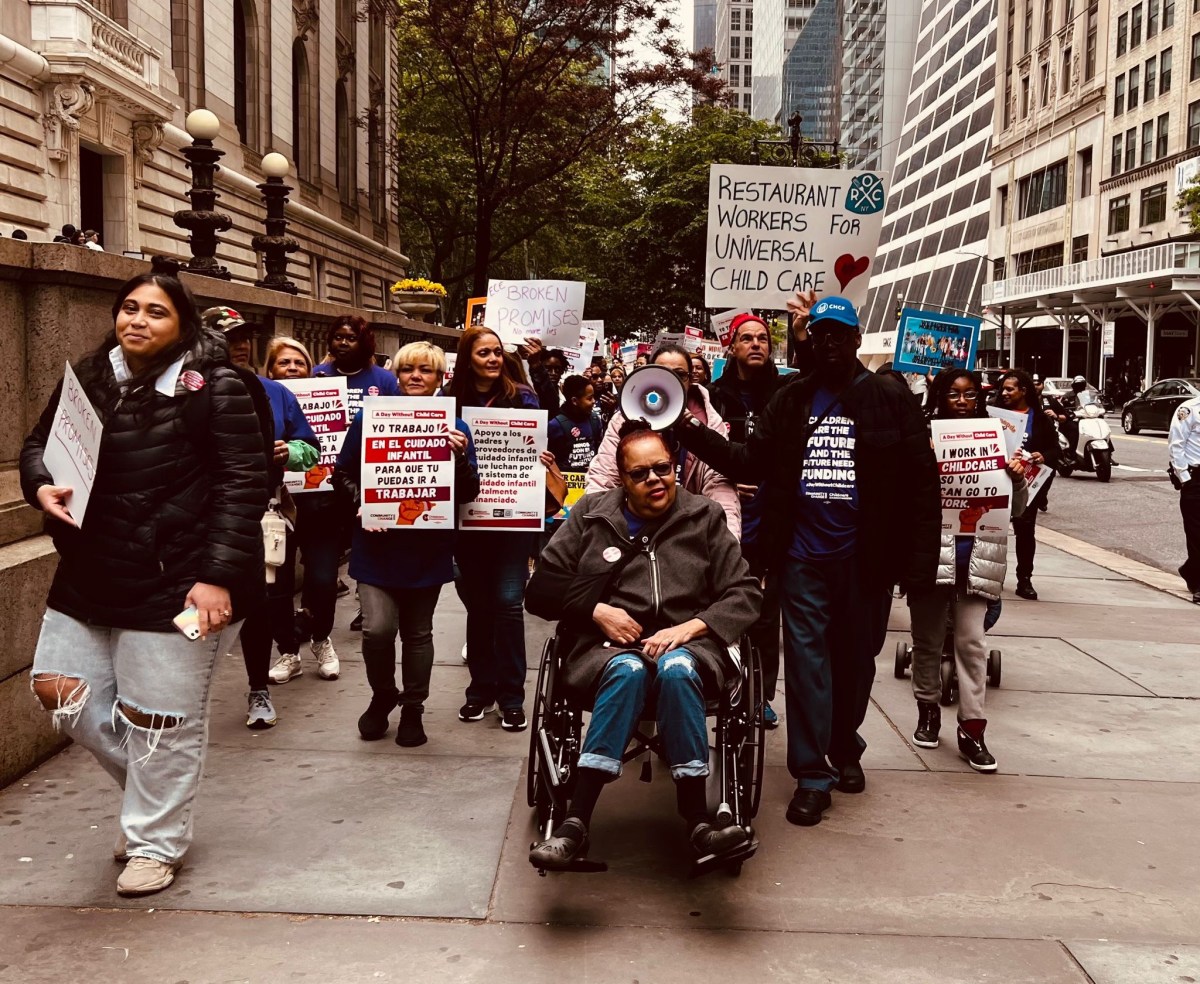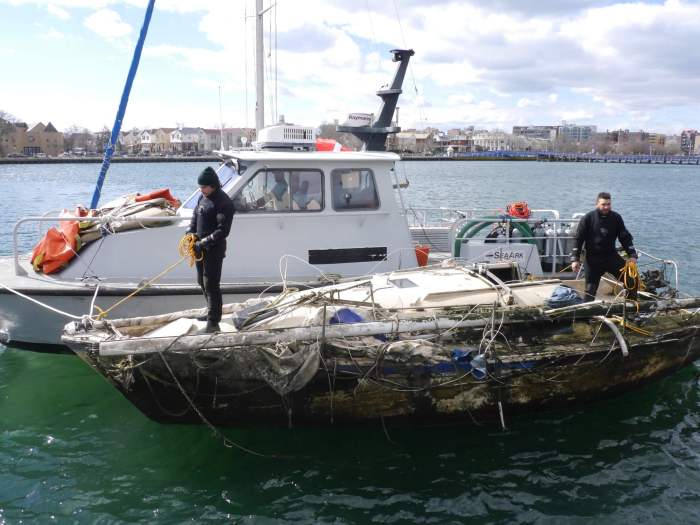The city will painstakingly restore two walls of the Gowanus Station building after razing the rest of the ancient structure to erect a water-filtration facility on the site, according to the Feds leading the cleanse of Brooklyn’s Nautical Purgatory, who recently reached an agreement with state preservationists about what parts of the Station to save.
Workers with the local Department of Environmental Protection will rebuild a 25-to-30-foot portion of the Butler Street building’s wall along that street, and the entirety of its wall along Nevins Street, in order to incorporate both into the design of the headhouse required as part of the canal’s scrub, the man in charge of the job said.
“So dismantling carefully, basically brick-by-brick, the two walls, and then rebuilding them with all the historic elements between the pediment and everything else that’s in there and incorporate them in the new headhouse that will go in place,” Environmental Protection Agency Project Manager Christos Tsiamis said at a Tuesday meeting with local watchdogs in the Gowanus Community Advisory Group — the organization’s first gathering since the longest government shutdown in American history, which left the federally contracted group rudderless for weeks.
The restoration agreement the Feds and leaders of the state’s Office of Historic Preservation reached still must be signed off on by federal officials with the Advisory Council on Historic Preservation, but Tsiamis told the Gowanusaurs the scheme is in its final stages, and that his environmental-agency bosses have the final say.
But one preservationist — who with other locals last year unsuccessfully pushed the city to landmark the 1913-built Station to spare it from the wrecking ball — claimed the language in the new agreement is too vague, and gives the city too much leeway when it comes to what workers may actually salvage.
“There’s a bunch of weasel language that says, ‘And to the extent practical, preserve the materials.’ If you give an inch, as we have learned, a mile will be taken, and there’s a chance that nothing will be preserved,” said Brad Vogel, a member of preservationist group the Gowanus Landmarking Coalition.
And the agreement also falsely described the building’s demolition as unavoidable, according to Vogel, who previously argued that the headhouse, and an adjacent open-air public space planned to rise on land the city last year approved the use of eminent domain to seize, could be built without destroying the Station.
“I just think there’s things in here in this draft that are quite concerning, such as, ‘There appear to be no prudent and feasible alternatives to demolition.’ I just don’t think that’s accurate,” he said. “If it’s concerns about the cost and the risk of collapse then state those, this is very broad blanket language that I don’t think is accurate or justified.”
The headhouse and public space will sit on Nevins and Butler street lots, on top of infrastructure buried below ground to collect storm-water run-off when the canal floods during heavy rains.
For years, plans for that infrastructure called for two massive tanks — one of which would sit beneath the headhouse, and the other below ground on city-owned land near Second Avenue and the Fourth Street Turning Basin. But the city recently proposed building a giant subterranean tunnel instead of the cisterns, prompting Community Advisory Group members to fire off a letter demanding the Gowanus Station be preserved in full if officials swap tube for tanks — a plan the Feds have yet to approve, according to Tsiamis.
Another local, however, applauded the agreement’s terms to save the two Station walls, given the fact that officials did not need to preserve any of it because it is not landmarked.
“I’m delighted that, if I’m understanding it correctly, the whole Nevins Street facade, all two stories plus pediment will be reconstructed,” said Peter Reich.
It is not yet clear how designers with the Department of Environmental Protection will incorporate the salvaged walls into the headhouse design, according to Tsiamis, who noted his agency is not involved in that process, but encouraged locals to share ideas with the city officials that are.
“The EPA will not be involved, our mandate does not include architectural issues, but I believe that the community would be very happy to get engaged,” Tsiamis said.
























